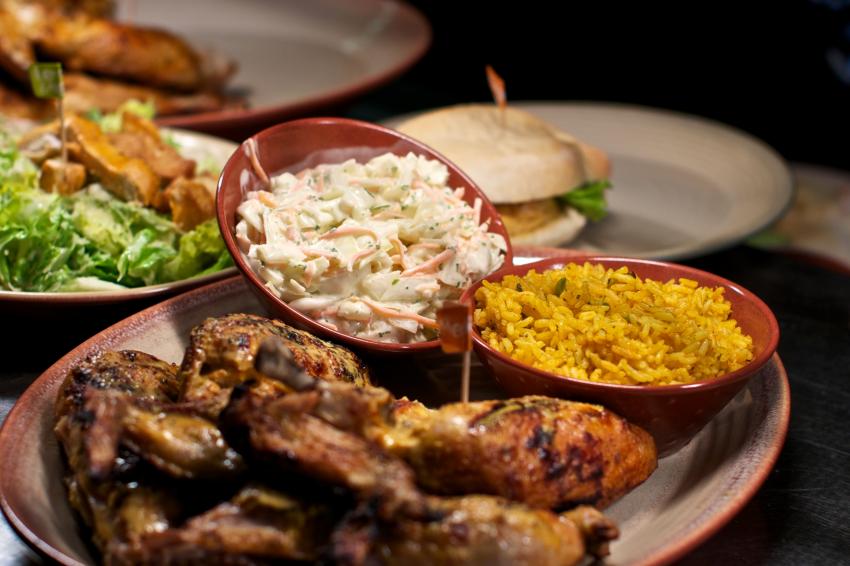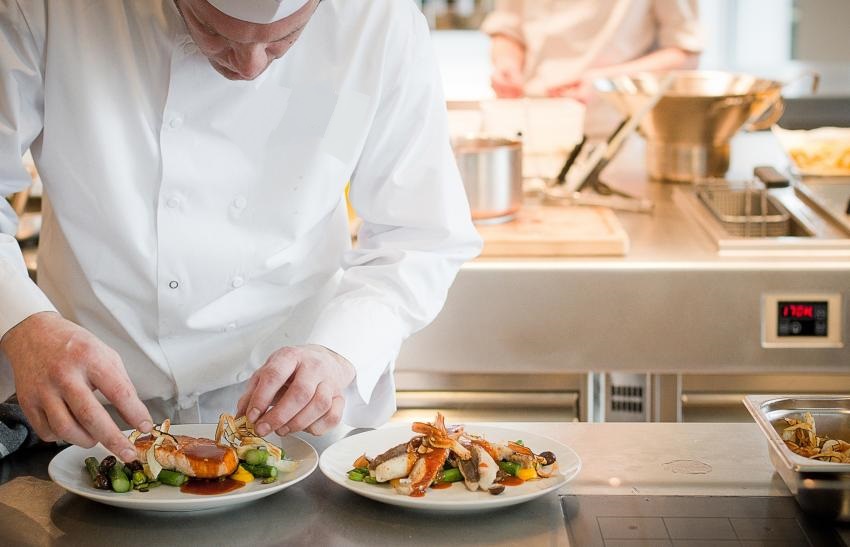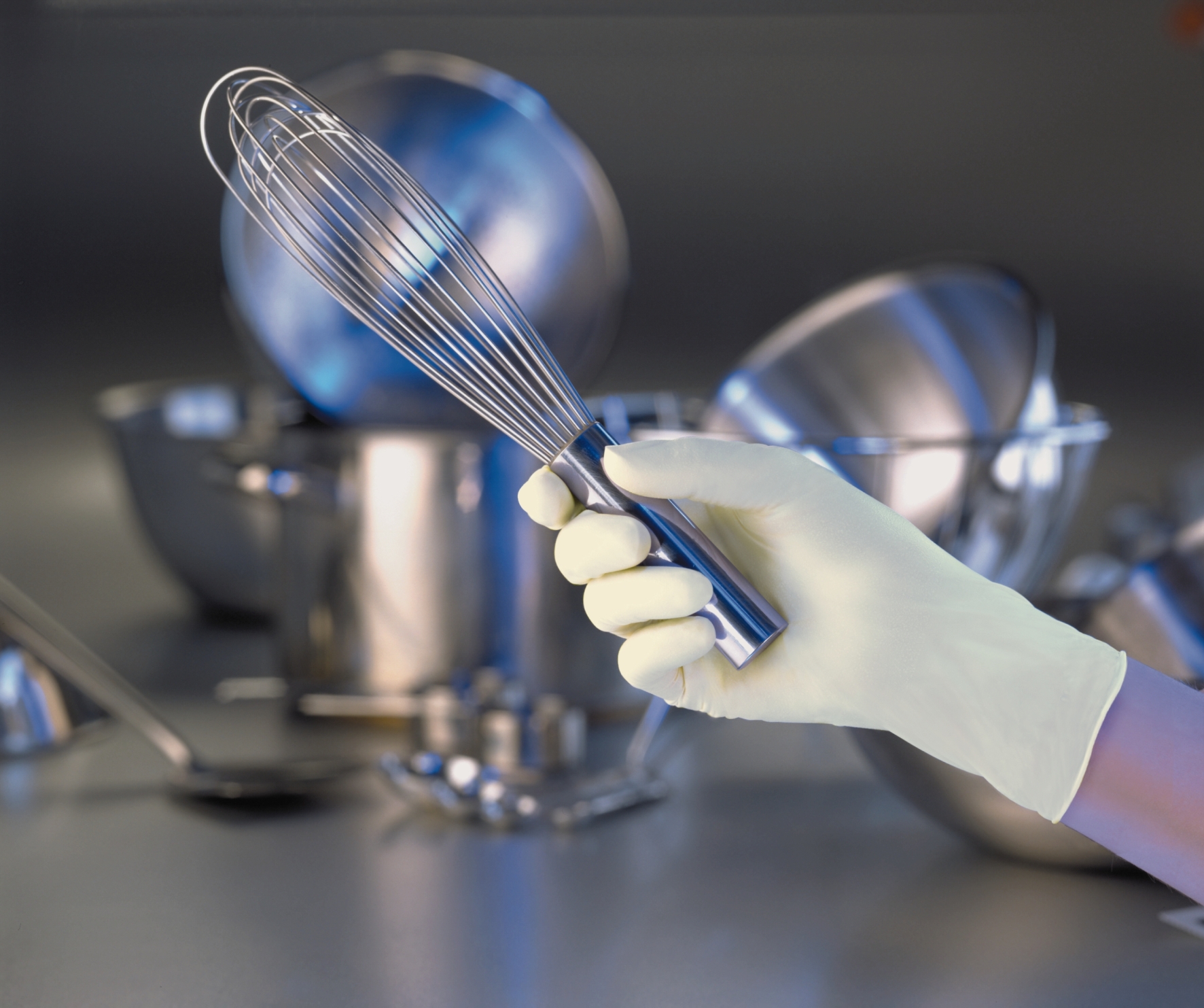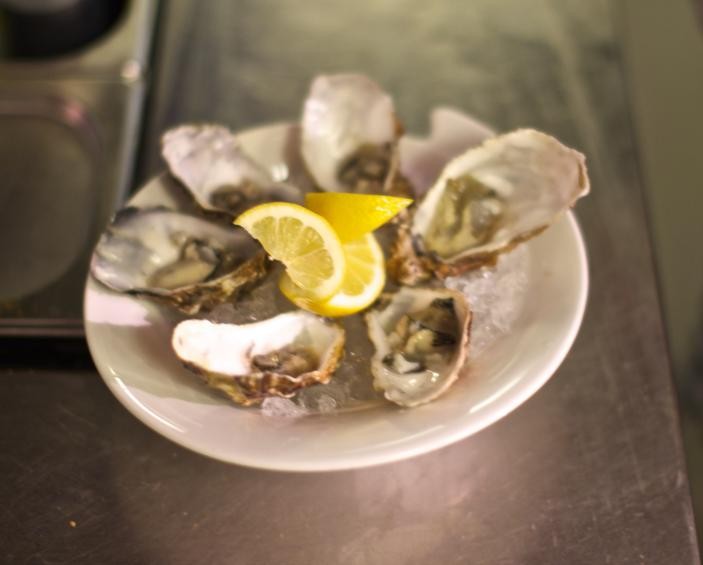When Temperatures Rise, Keep Food Safety Top of Mind
Summer brings a welcome increase in business for many restaurants, catering services, and event venues. It certainly did for the restaurant that I used to manage. With outdoor dining, festivals, weddings, and seasonal traffic, foodservice operations often experience their busiest stretch between Memorial Day and Labor Day. And the warmer weather creates ideal conditions for bacteria to grow quickly.
In our restaurant, it was even more of a challenge because our back kitchen was not air-conditioned. With the heat at the peak of summer often reaching the high 80s, our back kitchen would often top the 100-degree mark.
The Centers for Disease Control and Prevention does note that foodborne illness rates tend to spike during summer months. Keep in mind these rates are heavily influenced by consumer food preparation, and the average consumer does tend to prepare food outside more during the summer, which is away from refrigeration and water sources that are important for handwashing and general cleanliness. Anecdotally, it also seems that most tend to neglect to use thermometers when grilling or barbequing, which also contributes to this increase in foodborne illness rates.
That doesn’t mean that those of us in foodservice are off the hook. While the spike in foodborne illnesses during the summer is influenced by consumers, warmer temperatures create ideal conditions for bacteria to grow rapidly, and busy kitchens may find it harder to maintain strict time and temperature controls. And for those kitchens that have poor or no air-conditioning, like the back kitchen at the restaurant I managed, it is even more problematic. We also tend to see an increase in off-site and outdoor catering requests during the summer, which are always challenging for food safety, just as they are for the average person grilling outdoors at home. For foodservice operators, now is the time to double down on best practices to protect your customers.
…Maintaining proper temperatures is one of the most effective ways to prevent foodborne illness. Cold foods must be kept at 41°F (5°C) or below, while hot foods must stay at 135°F (57°C) or above.
Maintaining proper temperatures is one of the most effective ways to prevent foodborne illness. Cold foods must be kept at 41°F (5°C) or below, while hot foods must stay at 135°F (57°C) or above. Use calibrated thermometers regularly and ensure holding units and refrigeration equipment are functioning correctly, especially on those hot days when they’re under more strain.
Remind staff that the “danger zone” between 41°F and 135°F is where bacteria multiply rapidly. Even short exposures, such as during delivery, prepping, or buffet service, can be risky if not closely monitored.
If you’re offering outdoor dining or catering for off-site events, take extra precautions. Transport perishable items in insulated containers with ice packs or refrigeration units. At events, ensure you have safe food handling stations with handwashing access, and always cover food to protect it from insects and environmental contaminants.
With staff turnover often higher in summer, especially with seasonal hires, consistent hygiene practices can slip. Conduct brief, regular refreshers on handwashing procedures, glove use, and staying home when sick. Providing accessible handwashing stations and fully stocked hygiene supplies can go a long way in helping to improve proper food safety practices and helping employees to maintain compliance with identified standards.
Encourage a culture where safety comes first. I know this is something we seem to include in most of our blogs, but it is vital to ensuring proper food safety in your establishment. Empower your team to speak up if they see something concerning, and reward attention to detail.
Now is a great time to revisit your food safety plan and ensure staff are trained and procedures are up to date. Consider a mid-season check-in to evaluate what’s working and what might need adjustment during peak operations. Risk Nothing.
READ MORE POSTS
The Basic Principles of Food Safety
Every food establishment uses, processes, and sells food in different ways. However, the general issues and key principles of food safety remain the same, whatever the style of the operation. All food safety training programs should contain the “big 3” factors that could cause food to become unsafe. Food must be kept out of harms way from human errors, but if you don’t train food workers what they are, they won’t know why these factors are so important to your operation. The basics can make us or break us in one or maybe two food handling mistakes.
Be Aware When You Prepare – Food Prep Tips
The subject of food preparation covers some very broad, basic principles within food safety, with many steps associated with “risk” in some recipes. Certainly, preparation steps are where the most mistakes have occurred if a foodborne illness should occur. Outbreaks usually happen when more than one mistake occurs during prep, but sometimes it only takes one. Cooking is the biggest risk for raw foods, but all foods become ready-to-eat foods at some point in final preparation steps and that’s where the most care is required.
Food Gloves & Latex Allergy Education
Politicians joke about the endless stretch of rubber chicken dinners they may consume in an election year. For people with a latex allergy, such a prospect may be no laughing matter. While latex serves as an effective barrier glove material and has the best fit because of its elasticity, the risks associated should not be ignored. The solution is not simple and many options are available for operators today. It should always be mentioned that handwashing (before putting on gloves) is always the primary barrier to contamination and gloves are considered a good secondary barrier.
Foodborne Illness Myths & Facts
“It must have been something I ate.” That’s the typical statement when a person develops some relatively minor symptoms from food. Maybe not severe enough to go to the doctor so you choose to tough it out without medical care. Sudden onset of flu-like symptoms such as onset of stomach cramps, diarrhea, vomiting and fever could possibly mean you are the victim of a foodborne illness. The illness is sometimes referred to as “food poisoning”, but it’s often misdiagnosed.










